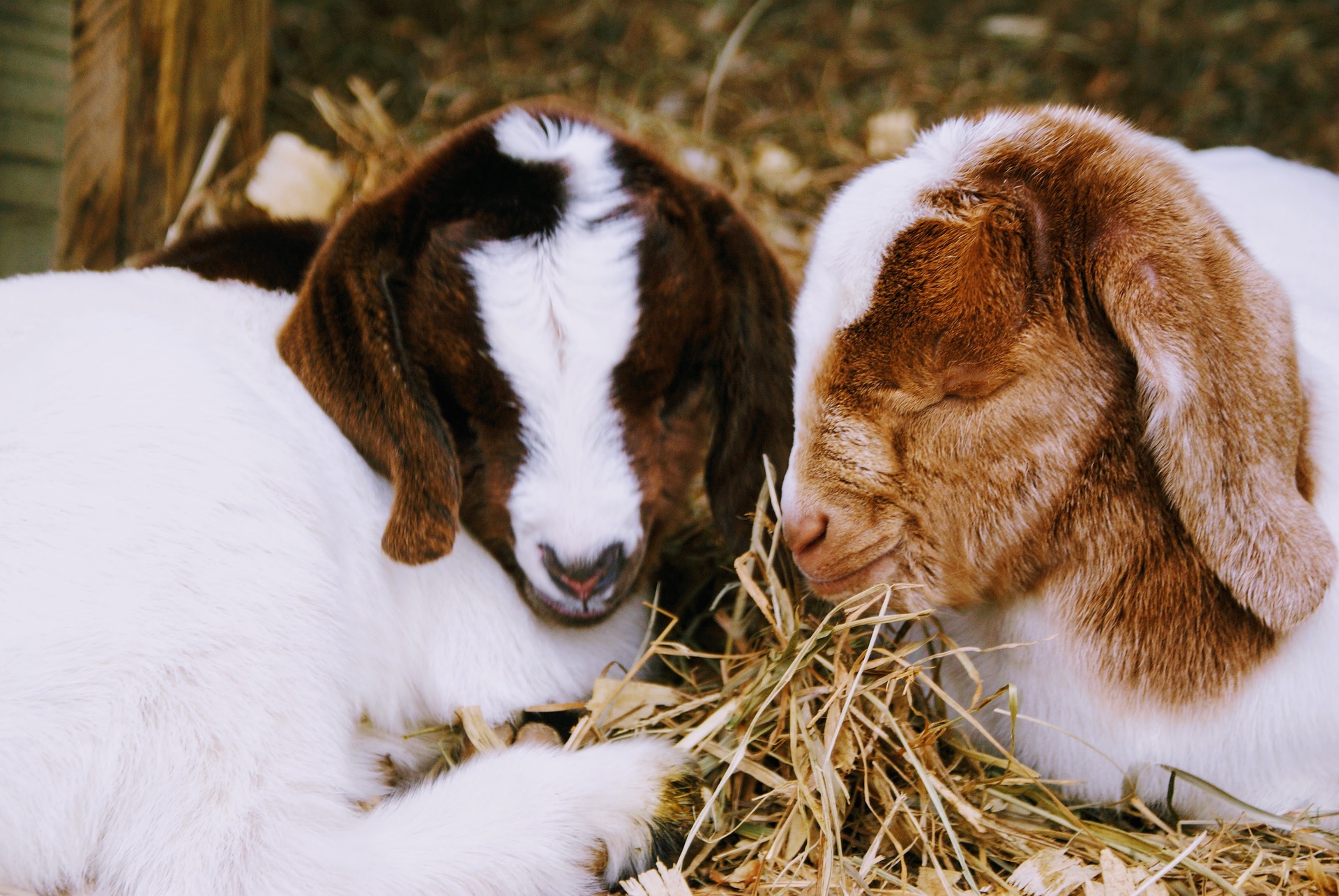
Research Shows that Animals, too, Need a Good Night’s Sleep
Previously Published to Benzinga: The following post was written and/or published as a collaboration between Benzinga’s in-house sponsored content team and a financial partner of Benzinga.
There’s a genetic link between narcolepsy, sleeping with one eye open and the so-called “fear conditioning” of so many different animals on this planet. A lack of sleep is not only dangerous to the health of humans but it also puts the health of these animals at risk, no matter their shape, size or species. Social hierarchy, diet, brain size and body mass are contributing factors to how much sleep particular animals naturally need. Outside factors might even include their immediate environment and a necessary state of alertness.
Nothing is as refreshing as a good night’s sleep. It’s not only necessary in the restoration of DNA, but it’s also critical in the performance of daily activities, the emotions and behaviors of animals, as experienced in their day-to-day lives.
Sleep allows the brain to recharge, especially when adversely activated as a mechanism of defense. All animals need sleep. And while bullfrogs may actually be an exception, no animal can survive long without at least a moment of rest.
What Happens When Animals Don’t Sleep?
Through continued animal research, this question is constantly under investigation. Optimal brain function depends on the way and manner these animals sleep. Visual, motor and metabolic activity depend on key periods of sleep.
Disturbed sleep patterns and frequent arousal are often signs of old age, disease or a life-altering illness. Many of these occur, however, simply because the animals can’t find comfort, a clean nesting area or a sanitary environment.
How often an animal sleeps — and when — may also relate to the availability and competition for their food, safety from predators or the temperature of the world around them. Some animals have been neglected or restricted to confined places. So often, inadequate care becomes the root of all problems.
A lack of sleep can cause:
- Cataplexy
- Thyroid-related illnesses
- Narcolepsy
- Insomnia
- Restless Leg Syndrome
- Chromic sleep apnea
- Depression
- Neurodegenerative diseases
- Cancer
- Frequent behavioral issues
- Anxiety
- Severe weight loss
- Frequent collapsation
The glymphatic system needs to do its job. As an animal sleeps, the glymphatic system cleans the toxic chemicals from the brain and distributes several key compounds throughout the brain, including essential glucose, lipids, amino acids and neuromodulators. This system basically pilots the nutrition, cleaning, oxygenation and growth of neuron receptors, making it possible for the brain and central nervous system to function properly.
According to the Sleep Foundation, most animals seem to have a natural circadian rhythm or internal biological 24-hour clock that regulates both sleep and wakefulness. This rhythm allows them to recharge, consolidate memories and repair the body from within.
Many health concerns actually stem from disordered circadian rhythms. The body’s internal clock runs in the background to carry out essential functions and processes. This is where rapid-eye movement (REM) and three other critical stages of the sleep-wake cycle are known to take place.
In a state of deep sleep, animals tend to have a slower metabolism and lower body temperature, a low heart rate and a decrease in respiratory function. Constantly being awakened or unable to finish a sleep cycle is almost as detrimental as getting no sleep at all.
According to the American Veterinary Medical Association, on the behavioral side of sleep deprivation, a common occurrence for sleep disorders in horses comes from environmental insecurity. Pain, physical discomfort and lymes disease, as well as aggression and sleep terrors are also attributed to a lack of sleep in horses and other warm-blooded mammals.
How Bedding Alone Makes a Difference
A good bed makes for a good night’s sleep. For many animals, there is a clear need for safe, comfortable and hygienic animal bedding. A pest-free, mold-free and fire-resistant bedding is vital for animals of all sizes — and one of the best ways to maintain animal health and hygiene.
While it’s crucial for cages and stalls to be cleaned out thoroughly and regularly, the right bedding can properly absorb manure and urine in areas that animals are kept when sleeping or left alone during the day.
Hemp bedding, in particular, is known for its ability to effectively absorb the corrosive ammonia in urine while maintaining a healthy environment. Piles of manure at animals’ feet, urine slush off-gassing ammonia, dust carrying bacteria and mold can lead to various illnesses, diseases and respiratory problems. Plus, animals are less prone to these occurrences when they’re adequately cared for and regularly get good sleep.
In light of these needs, animal bedding should have the following qualities:
- Feel soft and be absorbent
- Maintain status of low to dust-free
- Be resistant to pests and harmful bacteria
- Trap and control harmful odors and waste
Hemp hurd, the byproduct of industrial hemp processing, is biodegradable, compostable and sustainable over time. Using hemp in pet and animal bedding is a lot healthier for pets and other animals than traditional wooden shavings, which are prone to splintering and dust — and twice as effective. This type of bedding is anti-mold, anti-bacterial and anti-pest, playing a significant role in the animal’s overall health while providing them with a better night’s sleep.
According to the 2021-2022 APPA National Pet Owners Survey, 70% of U.S. households own a pet. Companies, such as Petco (NASDAQ: WOOF), Chewy (NADAQ: CHWY), Walmart (NYSE: WMT) and even Amazon (NASDAQ: AMZN), have been reporting an increase of sales in the animal bedding and supplies arena. More and more people have become pet owners during the course of the pandemic.
With more than 90 million pet owners in the U.S. alone, the pet care industry had reached 232.54 billion in 2020 and is expected to reach 332.9 billion by 2026 with a compound annual growth rate (CAGR) of 7.4%. As pet ownership increases, the U.S. and Canada continue to lead the markets.
One key thing to mention here is that the animal bedding and litter segment is the second largest sector of the pet care market.
For more information on animal bedding made from industrial hemp, be sure to check out Generation Hemp (OTCQB: GENH) at https://www.genhempinc.com and its premium Rowdy Rooster and Kentucky Gold animal bedding brands. While you’re at it, check out Benzinga’s article on “Why There is a Renewed Interest in Hemp by Textile and Manufacturing Companies.”
The preceding post was written and/or published as a collaboration between Benzinga’s in-house sponsored content team and a financial partner of Benzinga. Although the piece is not and should not be construed as editorial content, the sponsored content team works to ensure that any and all information contained within is true and accurate to the best of their knowledge and research. This content is for informational purposes only and not intended to be investing advice.


